Athens Tourism Information

Home of the Olympics, the original modern-day Olympic Games were held in the city of Athens over 100 years ago. In 2004, the Olympic Games finally returned and the city underwent an enormous facelift. This included multi-million Euro projects, such as the new state-of-the-art Athens Airport, Olympic buildings and a large number of new trees and shrubs, planted to 'green up' this city.
Tourism is now an integral part of Athens and the Greek National Tourist Organisation has two official tourist information outlets in the city, located on the Syntagma area and at the arrivals hall of the airport. Worth picking up here is the free copy of the 'Athens and Attica' brochure, as well as public transport timetables and city maps.
Some visitors will describe Athens as, challenging but captivating. Its Classical Greek remains are an eternal drawcard for history buffs. That said, people enjoying gastronomy, shopping and clubbing will not be disappointed either, with its array of restaurants, diverse shopping opportunities, and energetic nightlife.
With its hectic traffic and frenetic pace, a holiday in Athens may be too daunting for young children, or travellers who don't fancy bustling crowds. But, anyone with a taste for classical history, colourful street markets, and tasty Greek specialities will enjoy this city.
Just be patient, take it easy and enjoy exploring this ancient city!
Athens is one of the sunniest cities in Europe, with a semi-arid climate and little rainfall. Heat waves are common during summer, when temperatures can rise over 40ºC. Winters are mild and sunny, though nights can be cold. The city experiences short, heavy showers.
The best time to visit is during the cooler weather of Spring and mid Autumn, between March and May and October to November. That said, summer is still peak tourist season, and the period when beaches and attractions are most crowded if you are looking for a hot Summer vacation! The season is hot and muggy, making hotel air conditioning a must!
For travellers looking to avoid tourist crowds and visit for culture and the ruins, Winter is the best time to visit Athens. Hotels offer great deals, though the odd shower may intrude some plans outdoors. Winters are mild however, with temperatures from 8°C to 15°C.
First, getting to/from Athens International Airport and the city center, the main airport is located about 20 km east.
The most practical way is to take the Metro: Take Metro Line 3 (blue line) which runs every 30 minutes, 7 days a week from 6:30 a.m. to 11:30 p.m. The trip from/to the Airport to Syntagma station (Athens center) lasts around 40 minutes. See below the metro maps for connections. The cost of the airport ticket is €9 on the metro. Check timetables.
Alternatively you can also go by bus, which is a little cheaper, The Express Bus routes connect directly the Athens (city center & greater area) and Piraeus (port) with the Athens International Airport (AIA) “Eleftherios Venizelos”. Service is provided on a non-stop basis seven days a week including holidays (24/7 operation). All buses disembark passengers at the Departures Level and depart from the Arrivals Level. BUS tickets are sold at the info/ticket-kiosk (located outside the Arrivals between Exits 4 and 5), or onboard (ask operator) at no extra cost. Tickets cost €5.50 one way.
There are four routes:
Χ93 : Kifissos KTEL (long-distance buses) Station – Airport: Direct Connection to the (KTEL) terminals KIFISOS and LIOSION. Link to suburban rail station at: KIFISIAS
X95 : Syntagma – Airport: Direct Connection to Syntagma Square at Athens city center. Link to metro line 2 at: SYNTAGMA Link to metro line 3 at: NOMISMATOKOPEIO.
Χ96 : Piraeus – Airport: Direct Connection to Piraeus central passenger port terminals. Link to metro line 1 at: N.FALIRO (ISAP N.FALIRO), PEIRAIAS.
Χ97 : Eliniko Metro Station – Airport: Direct Connection to ELLINIKO metro station. Link to metro line 2 at: AG.DIMITRIOS, DAFNI
One-way travel time estimates: X93 (65’ min), X95 (60’ min), X96 (90’ min), X97 (45’ min). Allow sufficient time to travel as traffic conditions may cause delays.
Another option is the Suburban railway (Proastiakos) connects the Athens airport with the Athens Central Railway Station (Larissis Station) and Acharnai Railway Center, and through them to the National Railway network, where you can travel to other cities, including Thessaloniki. The airport line is: Airport – Kiato. Cost is €9 one way.
✔️Tip: The Suburban railway departs every 15-25 minutes from the Athens Airport railway station to Plakentias station, where you can change trains and continue to the city center (Metro Line 3 to Egaleo), using the same ticket.
Once in Athens city centre, most tourist sites are within the city centre, which is easy to navigate on foot. However, Athens has an extensive public transport network consisting of buses, trams and a three-line underground metro service.
Transport is cheap, but often overcrowded, especially during rush hour. Most public transport operates until midnight, with a limited night bus and tram service operating along major routes. Prices are cheap. A single ticket for 90 minutes (valid for interchanges) valid on any network costs €1.20. You can buy up to 12 single tickets for €12.
Day tickets are also possible for €4.10 for 24 hours or 5 day unlimited travel for €8.20. For more info on fares and tickets check ATH.ENAcard for easier travelling.
If you are taking taxes, just be aware to check that the meter is on and set to the minimum fare. Drivers often attempt to overcharge tourists. Legitimate surcharges can increase the final bill, but these should be displayed on the dashboard.
For the maps on the Athens transport, see the links below, available to download directly:


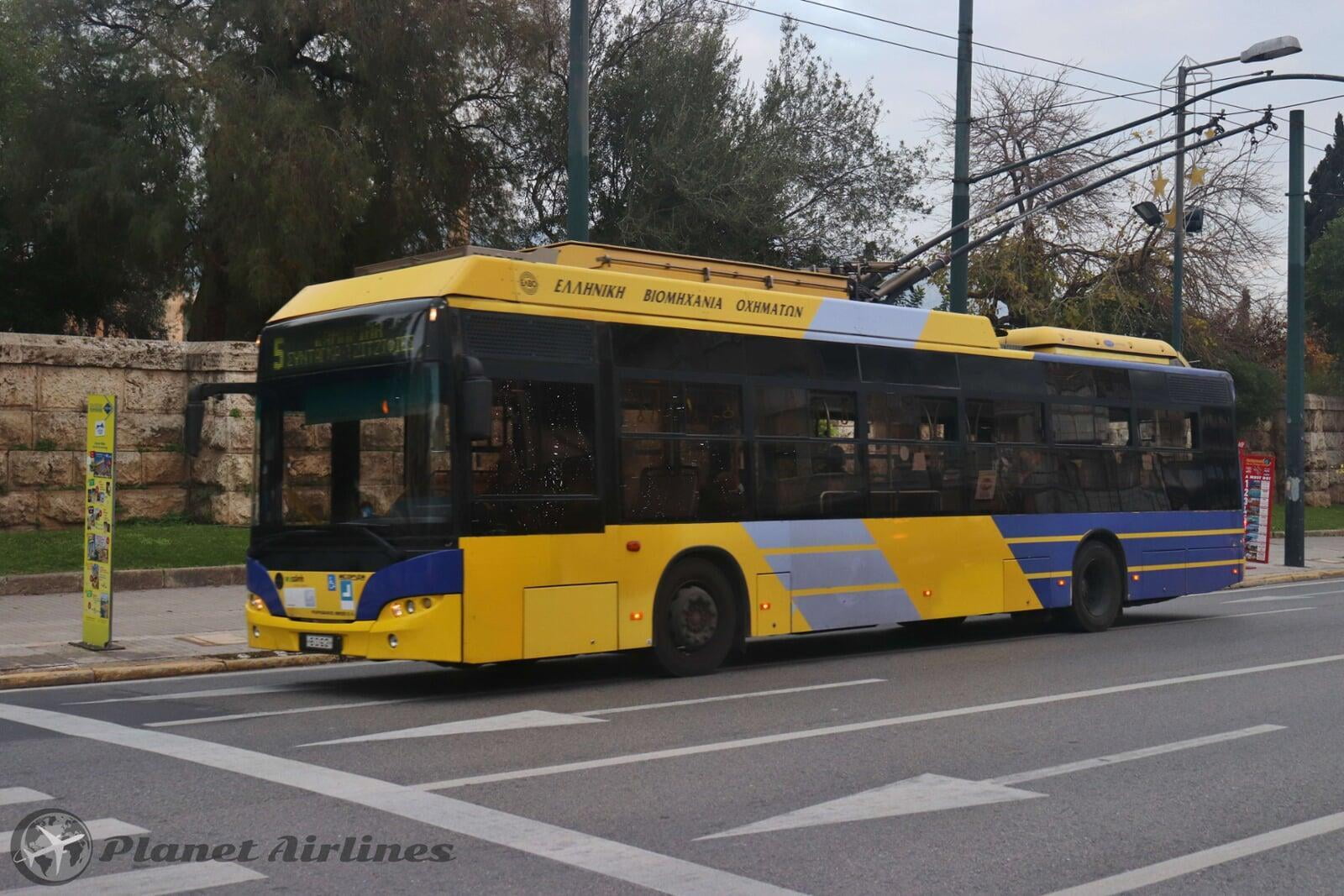

Athens is an ancient city in the truest sense, with a history stretching back into antiquity. Popular attractions such as the Acropolis, the Temple of Olympian Zeus and the Ancient Agora are among the city's dearest and most admired marbles of civilization.
Visitors can view Athens' history on 'museum mile' along Vassilissis Sofias Avenue, where most of the city's museums are clustered. These include the Benaki Museum, the Museum of Cycladic Art and the Byzantine Museum. The 'mile' starts from Syntagma Square, which is home to the Greek Parliament. Visitors should stick around for the daily changing of the guard.
For the best view of the city, visitors should climb Lykavittos Hill. It offers a spectacular view of the Parthenon, and what feels like the entire Athens. The tranquil National Gardens make a lovely daytime break from the urban rush. Also, urban beaches such as Agios Kosmas, Attica Vouliagmeni, and Varkiza are only a tram-ride away.
Though Athens is busy and occasionally overwhelming, it's exceedingly rewarding for sightseers. Below are the highlights in more detail:
- The Acropolis: It's the number one tourist site and in Athens. Perched on a steep, flat-topped rock above the city, the citadel is a striking image of the ancient world. Essentially, it is a timeless collection of magnificent temples, most of which honour Athena, the goddess of wisdom. Visitors enter through the Propylaea: the monumental entranceway. The tiny, restored temple of Athena Nike is to the entrance's right. All things considered, the Parthenon may be the Acropolis' biggest and popular sight. Built of Pentelic marble quarried from the distant mountains, it's the greatest surviving monument of Doric architecture, and the backdrop to a magnificent view of Athens.
The Erechtheion temple sits alongside the Parthenon. According to mythology, it is the site where Poseidon and Athena contested the right to be Athens' deity.
Athena won after gifting Athens the olive tree. Lastly, the Acropolis' museum is located by the citadel's southern slope. It displays some of the carvings and friezes recovered from the temples. Entrance costs €20, but every first Sunday of the month (In Winter months) its free to visit.
✔️Tip: The Acropolis can be seen from the distance from a good viewing point for free! Go to Areopagus Hill, which is only 5 min walk from the general entrance to the Acropolis.
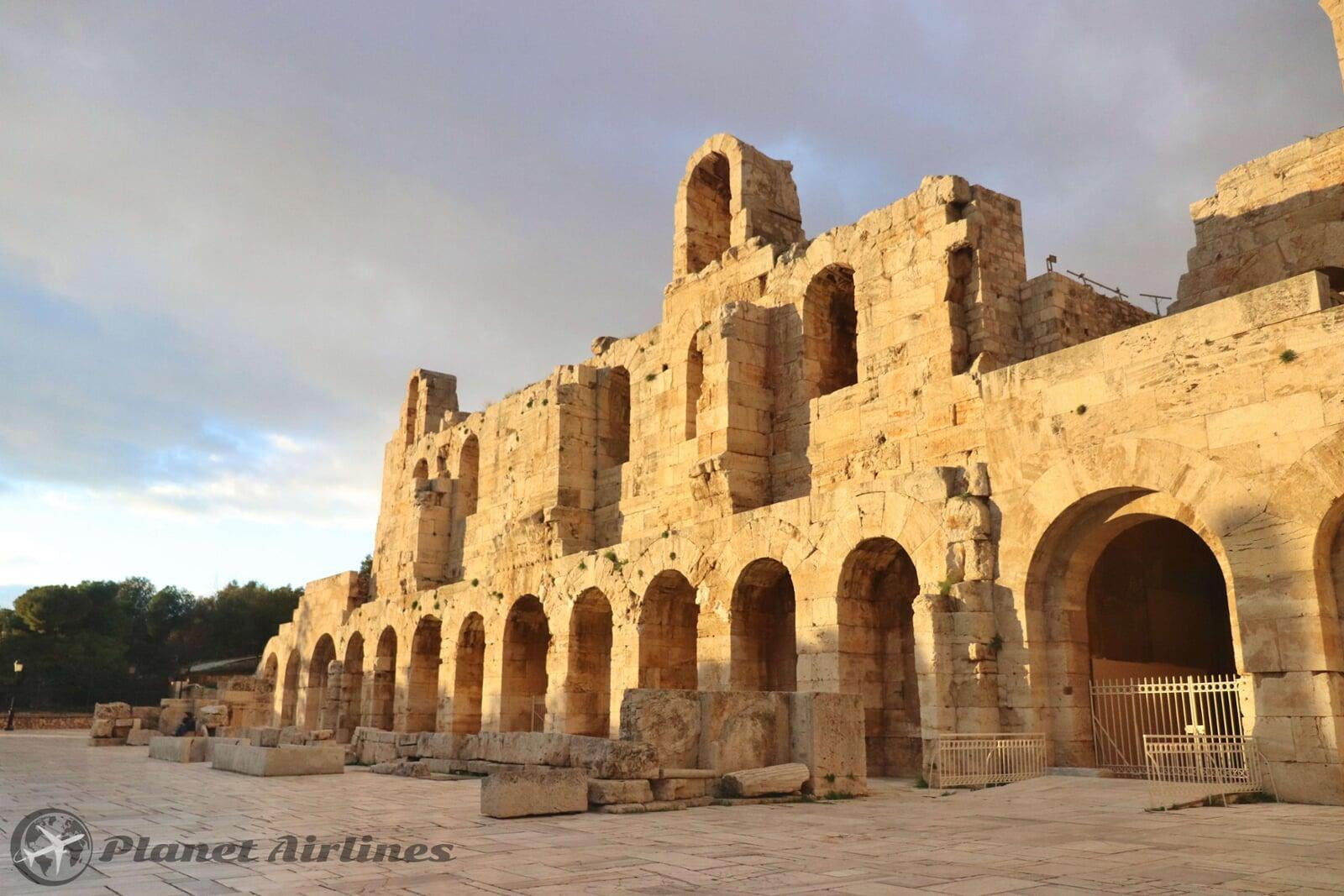
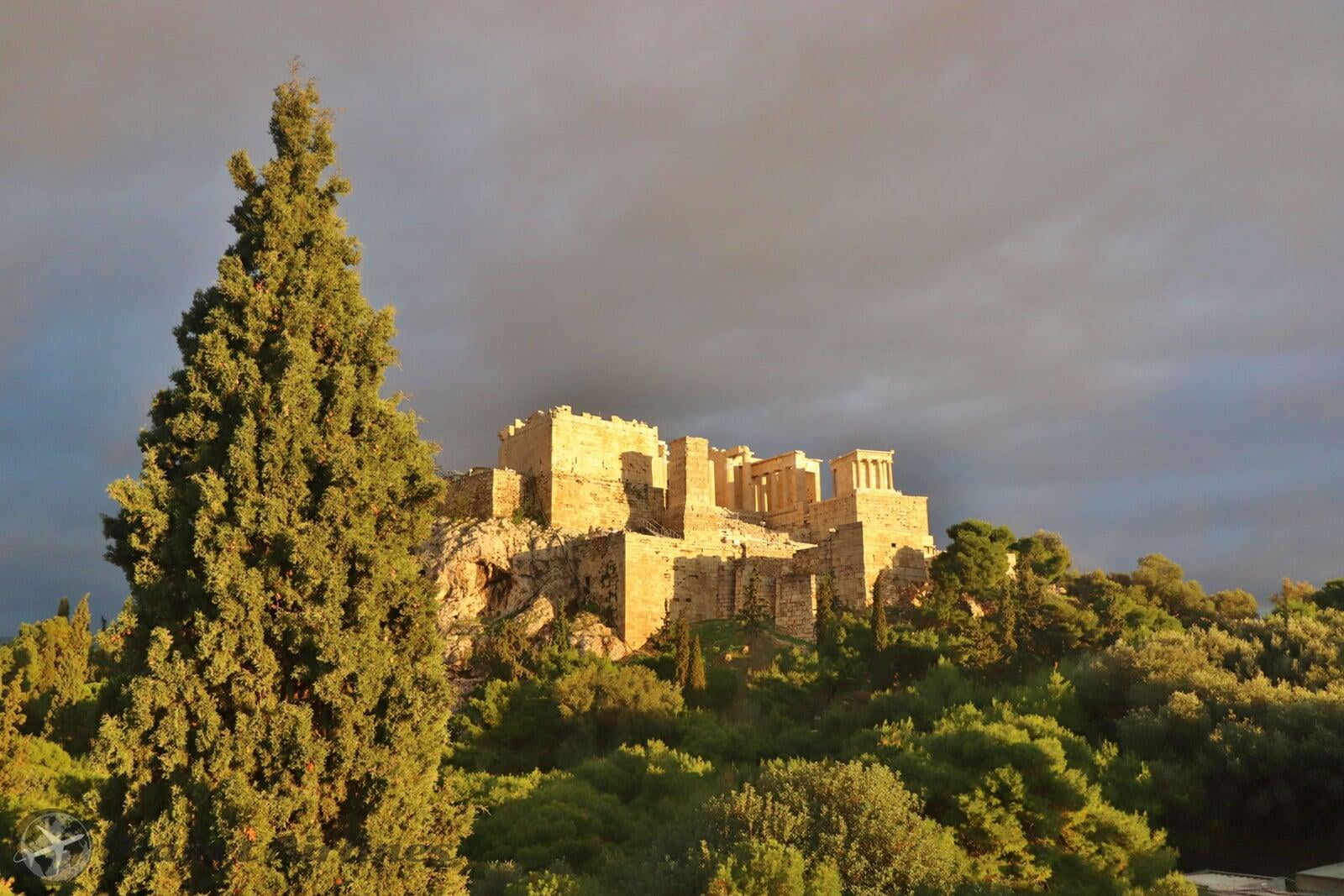

- Kolonaki/Lykavittos Hill: This hill is a steep 300m right up from the centre of the city of Athens, and is a great vantage point from which to take in the scope of the city and its beautiful views. In fact, this is the best spot from which to view the city, in every direction and take photographs. It is said that wolves once inhabited the hill, in explanation of how it got its name, because 'lykos' means wolf in Greek. Another popular myth explains that the hill was formed when Athena, the patron of Athens, dropped a rock she was planning to use for the Acropolis.
The St. George Chapel and Lykavittos Theatre perch atop the hill, which can be reached by car, cable car or a healthy hike. The cable car departs every 30 minutes, from the corners of Aristippou and Ploutarchou Streets in Kolonaki. Those who plan to walk up, which is a great way to experience the hill for the fit and healthy, should begin their hike on Ploutarchou Street. After walking about halfway up the hill hikers will come upon some steps that take them the rest of the way to the top.
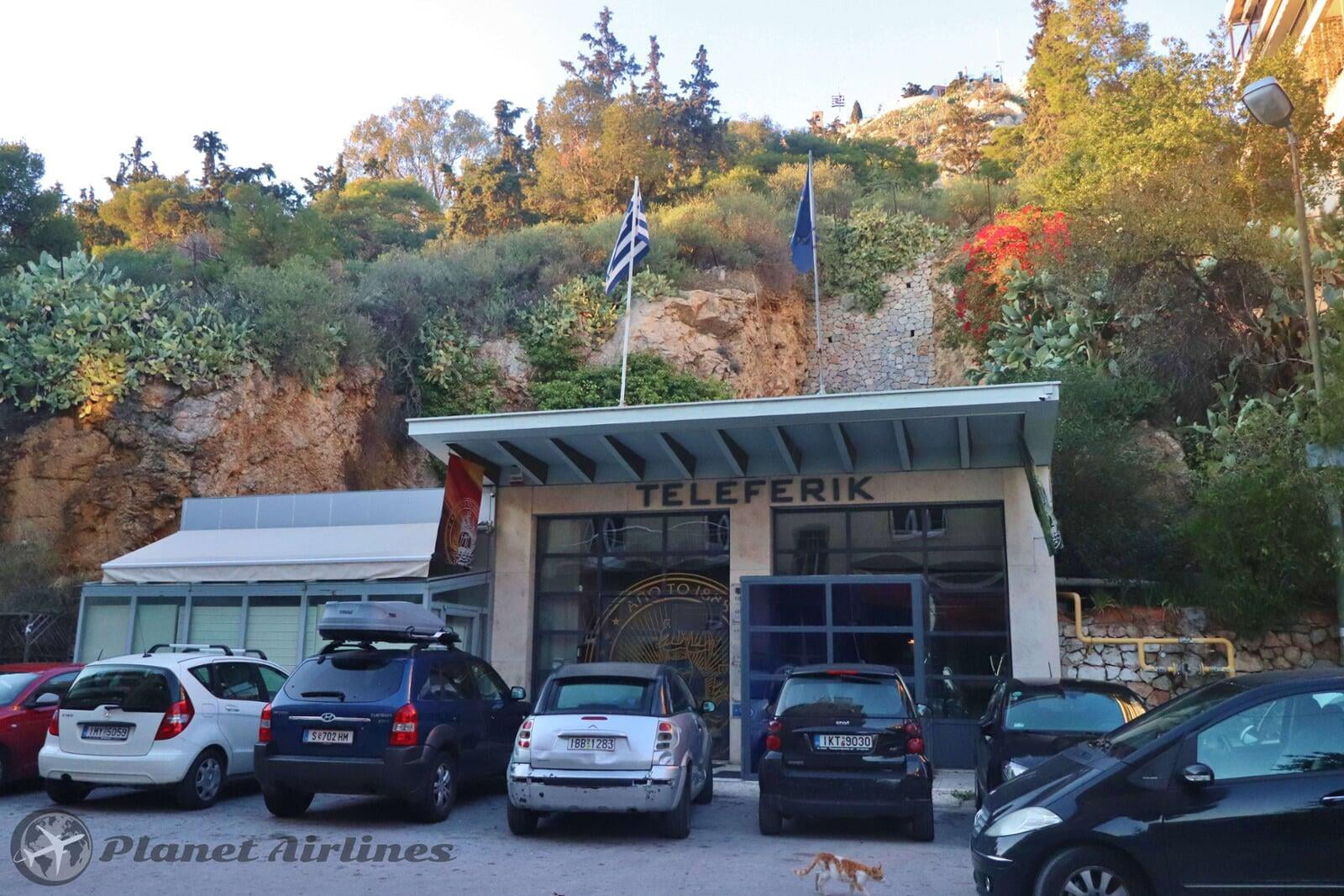

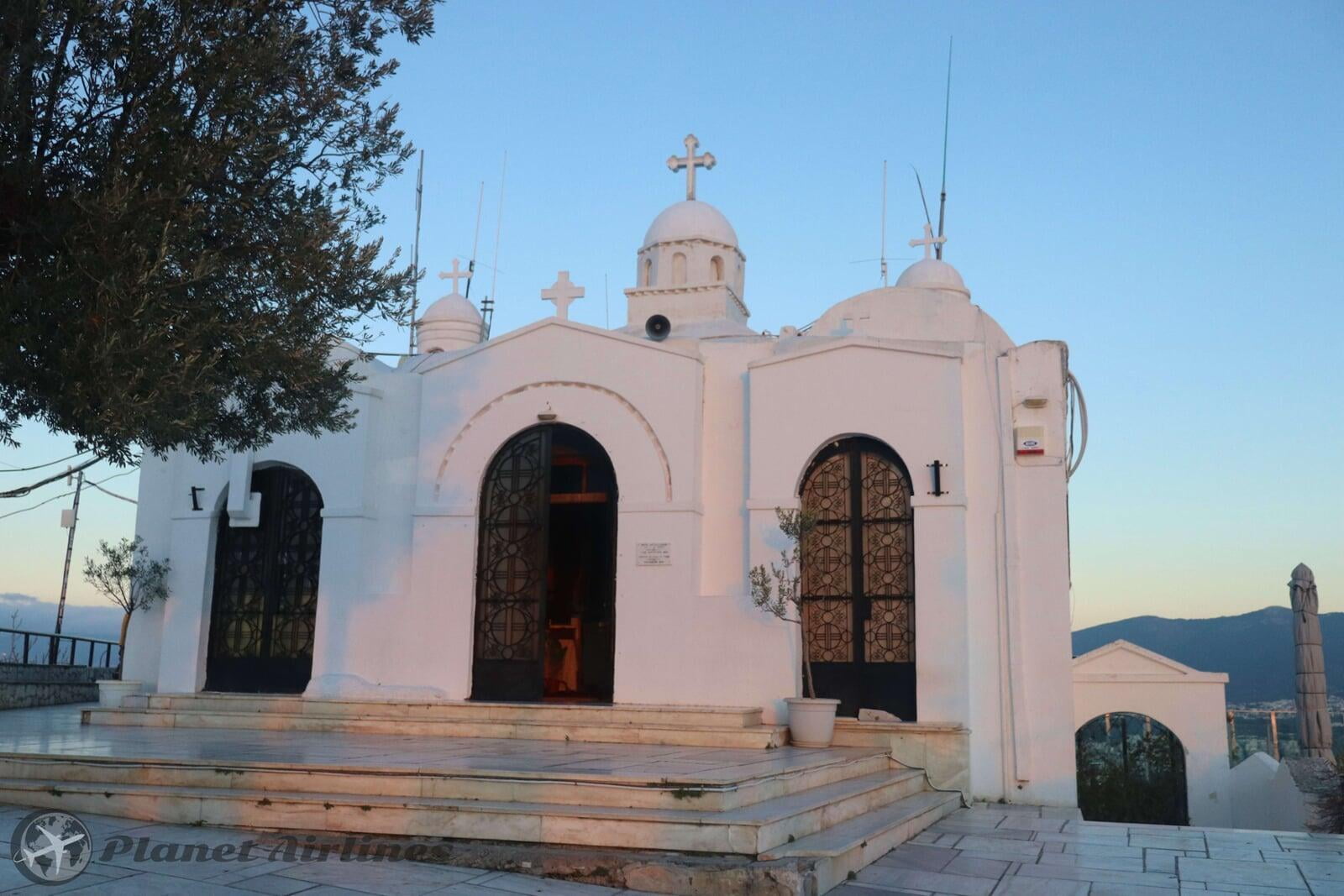

- Ancient Agora: The remains of the Agora lie clustered below the Acropolis. As Ancient Athens' commercial and civic centre, it's where the great philosophers Socrates and Plato once walked and talked. In fact, the disgraced Socrates committed suicide in the Agora's southwest corner. Today, the area is littered with ancient ruins, including the Dionysus Theatre, where Classical Athens' great tragedians put on their work. Visitors can also see the restored Stoa of Attalos, which served as a law court, municipal office and shopping arcade in 200 BC. The museum on the building's ground floor contains artefacts covering 5,000 years of Athenian history. Access to the museum is €8.
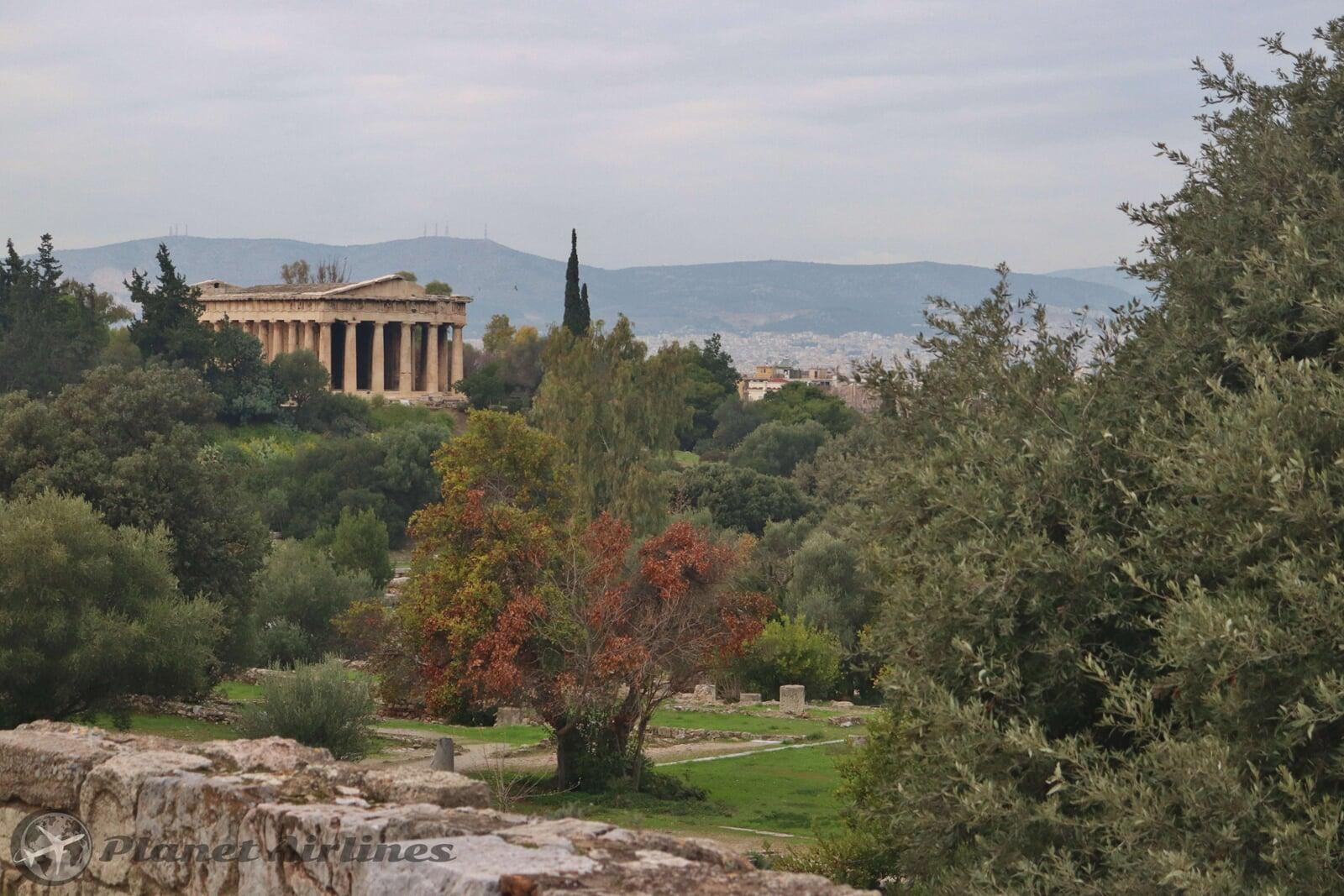
- Syntagma Square: or Constitution Square in English, is named for the Constitution that King Otto was forced to grant to the people of Greece after a popular military uprising in September 1843. The square forms the heart of modern Athens and is home to the Parliament Building, built in 1840 as a royal palace. You are able to photograph the unusually clad guards at the palace. The change, every hour, in front of the memorial to the Unknown Soldier. The National Gardens are around the Parliament Building and they are a delight in the heat.
The square is a central point of access to all the major attractions of Athens, particularly 'museum mile' along Vassilissis Sofias Avenue, which runs from Syntagma Square. Here most of Athens' museums are clustered, including the Benaki Museum, Museum of Cycladic Art and the Byzantine Museum. Syntagma Square is also a transport hub with a metro station.
❗Attention: Recently, the square has been the gathering place for mass protests against austerity and other national reforms. During these demonstrations it is best avoided by tourists, specially during the weekends.
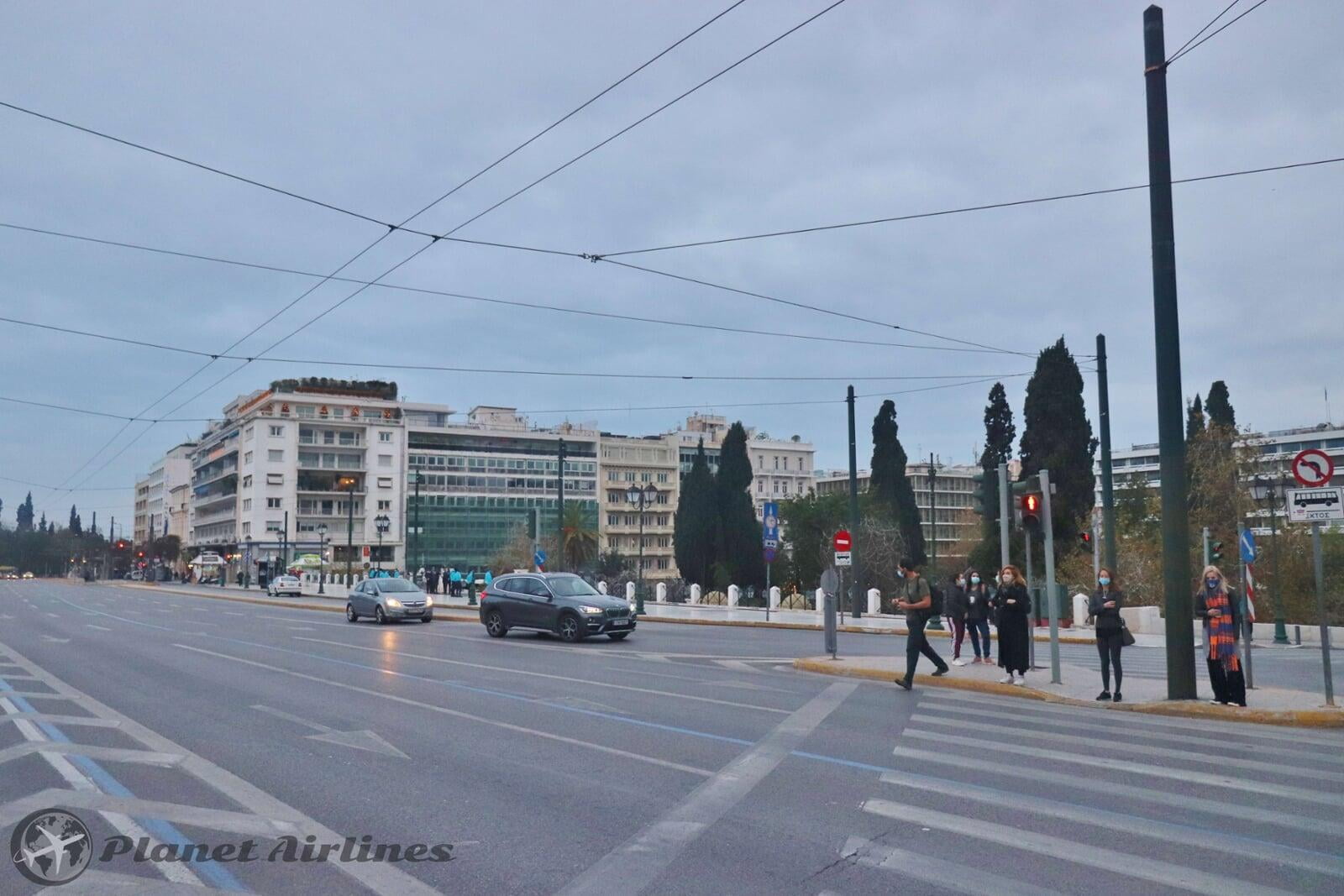


- The National Archaeological Museum: This is the largest and most popular of Athens' many museums, and is usually very crowded. Its vast collection includes treasures unearthed from Mycenae by Heinrich Schliemann; a staggering array of sculpture including the earliest known Greek figurines dating from around 2000 BC; frescoes from the volcanic island of Santorini etc. One of the most popular displays is the Mycenae gold, collected from ancient tombs, including Agamemnon's death mask. The museum is world-class and well-arranged . It is one of the most captivating and impressive museums in the world and it is a must on any visit to Athens. Admission from €15.
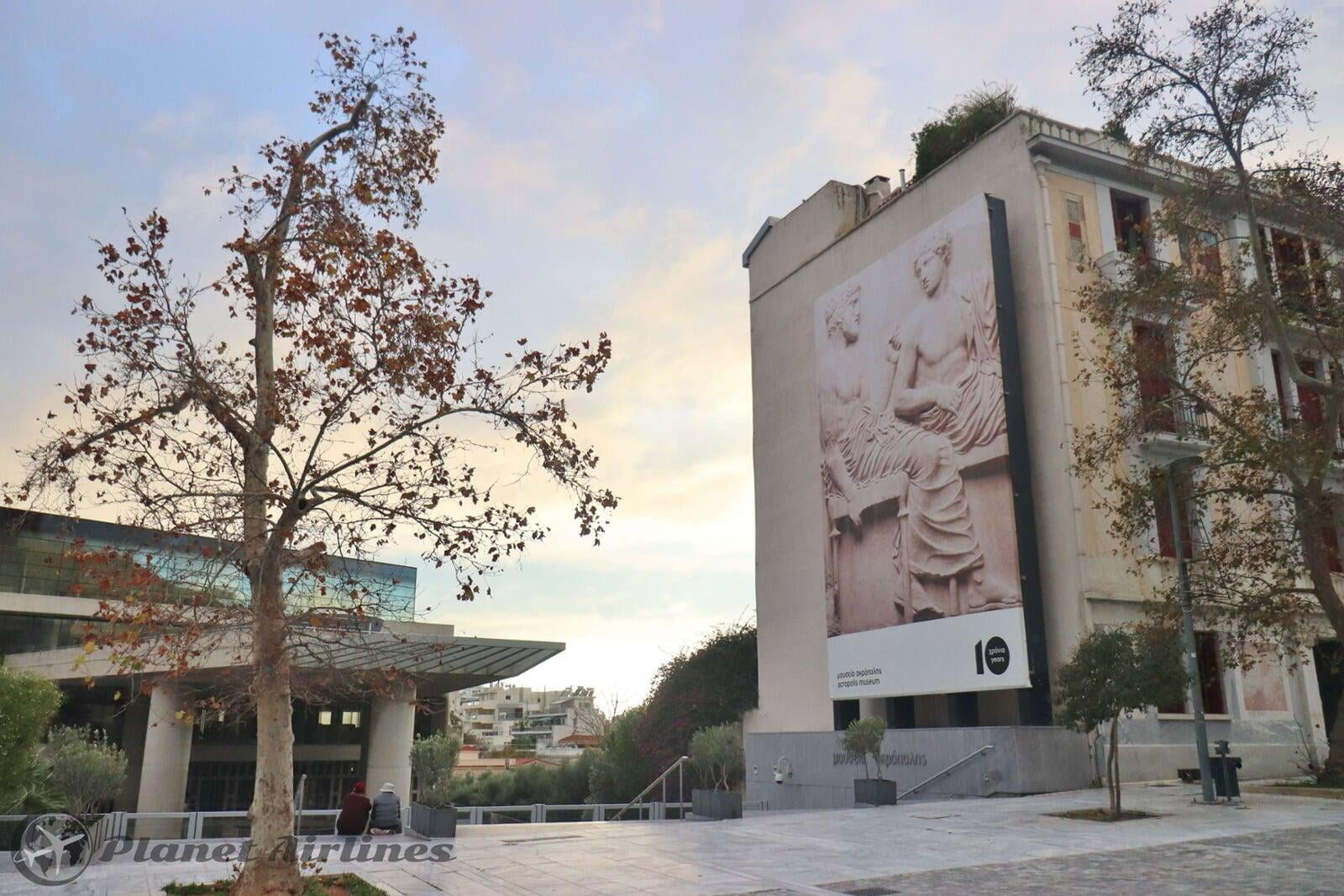
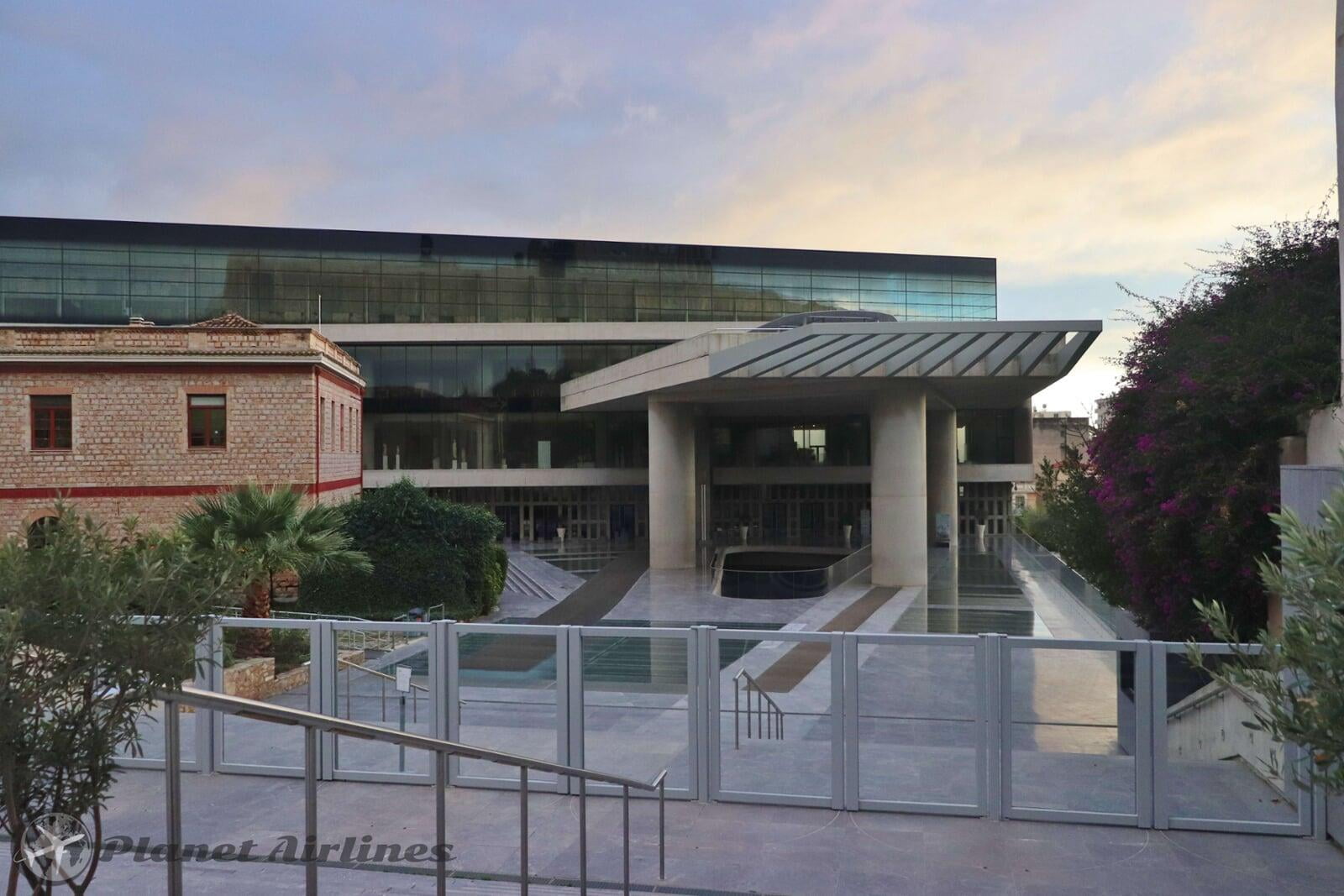
- The Benaki Museum: is one of Greece's most famous museums, where visitors can explore Greek culture through artefacts dating from antiquity to present times. Paleolithic and Neolithic relics, items from the late Roman Empire, and pieces left after centuries of Frankish and Ottoman occupation are all on display. Greece's struggle for independence in 1821, and the formation of the modern Greek state feature in the more recent content. Admission from €9.
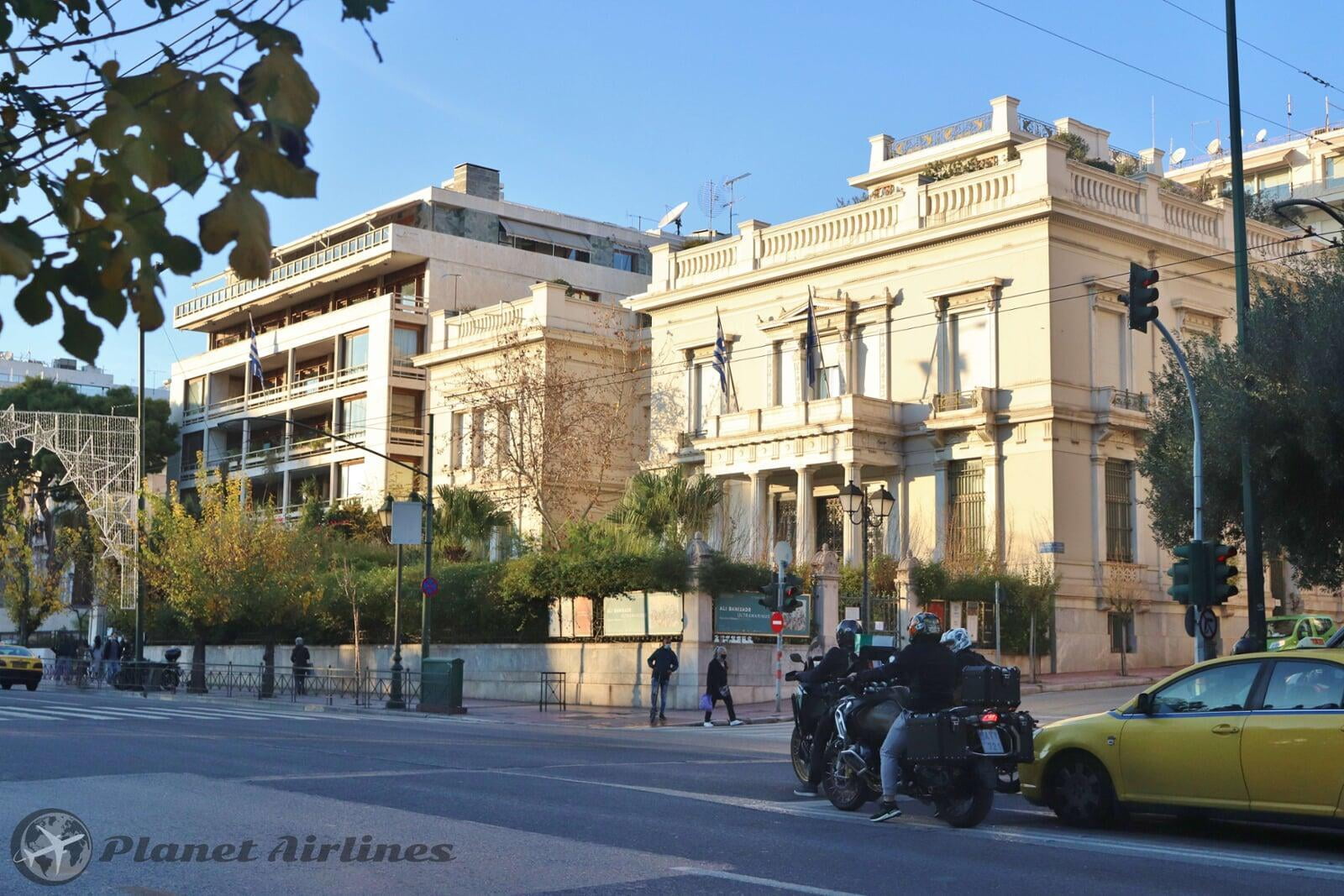
- Plaka: is the old historical neighbourhood of Athens, clustered around the northern and eastern slopes of the Acropolis, and incorporating labyrinthine streets and neoclassical architecture. The old town is a very popular gathering place for travellers and tourists, particularly in the warm Athens evenings. Strolling the narrow streets of the Plaka flanked by ancient monuments, Byzantine churches and mosques, stately mansions, and inviting tavernas with vine-covered courtyards, makes a pleasant diversion. Archaeological excavations have been taking place here continuously for decades and new ruins and artefacts are still being found. No cars are allowed in Plaka, which is completely pedestrianised.


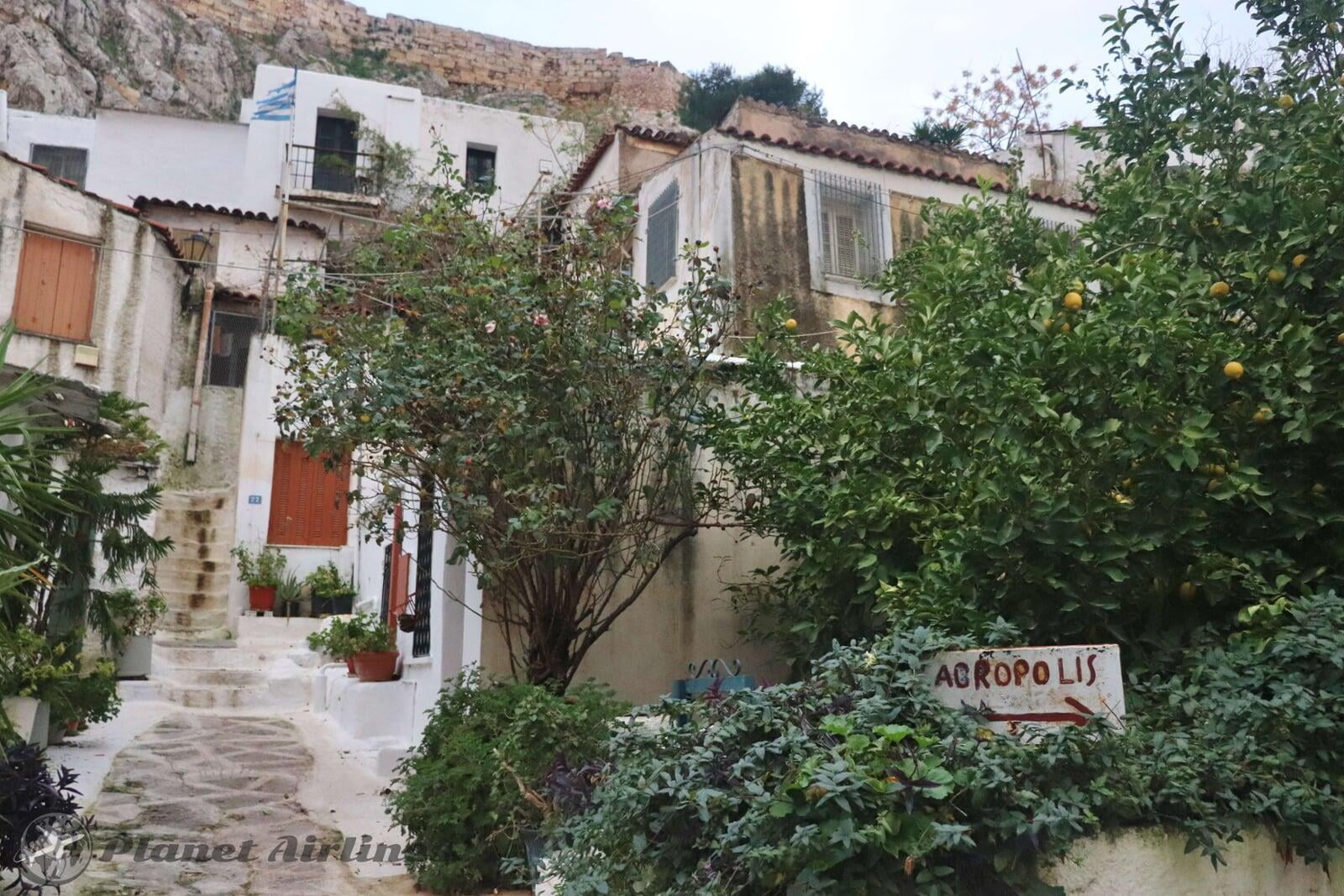
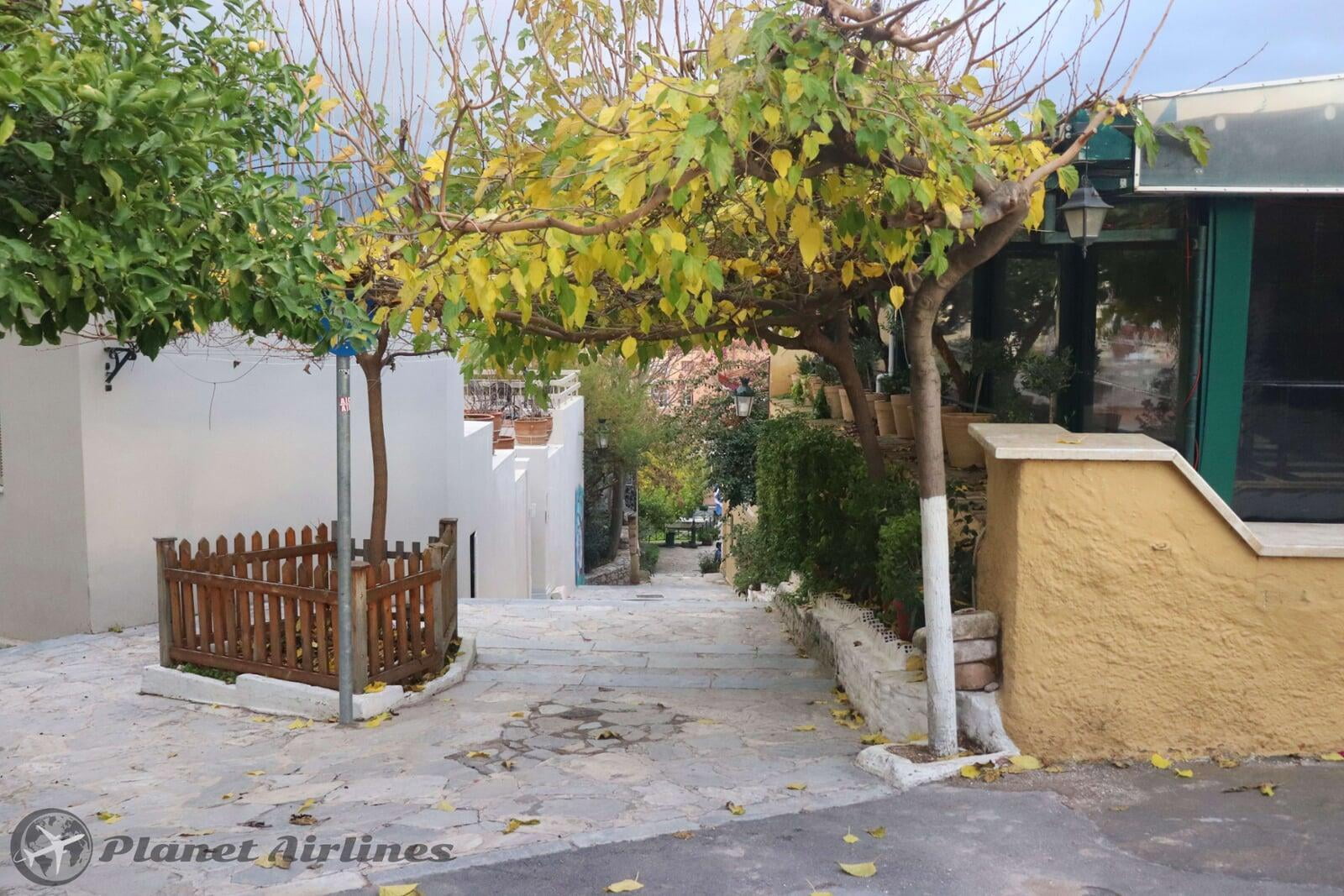
- Monastiraki: it means “little monastery” in Greek, since a large monastery once stood on the main square of the neighborhood. Monastiraki and Plaka are two of the most charming and lively areas in Athens. Monastiraki is one of the most popular shopping areas in Athens. There are all types of shops, including vintage and second-hand clothing stores. One of the main attractions is Monastiraki Flea Market. This lively bazaar is overflowing with hundreds of stalls that sell from handmade jewelry, relics, carpets, typical souvenirs, clothes and accessories.
Monastiraki is also famous for its colorful terraces, where visitors can sit, relax and try some of the best national dishes. The neighborhood also offers some cultural visits. Tzistarakis Mosque is an eighteenth century Ottoman Mosque, which currently houses a ceramic collection. Another landmark is Hadrian’s Library. This large bibliotheca, built in AD 132, once housed a pool and several reading rooms. The district’s main streets are Ermou Street, Pandrossou Street and Adrianou Street, although one of the best things to do in Monastiraki is just to wander along its avenues and squares.
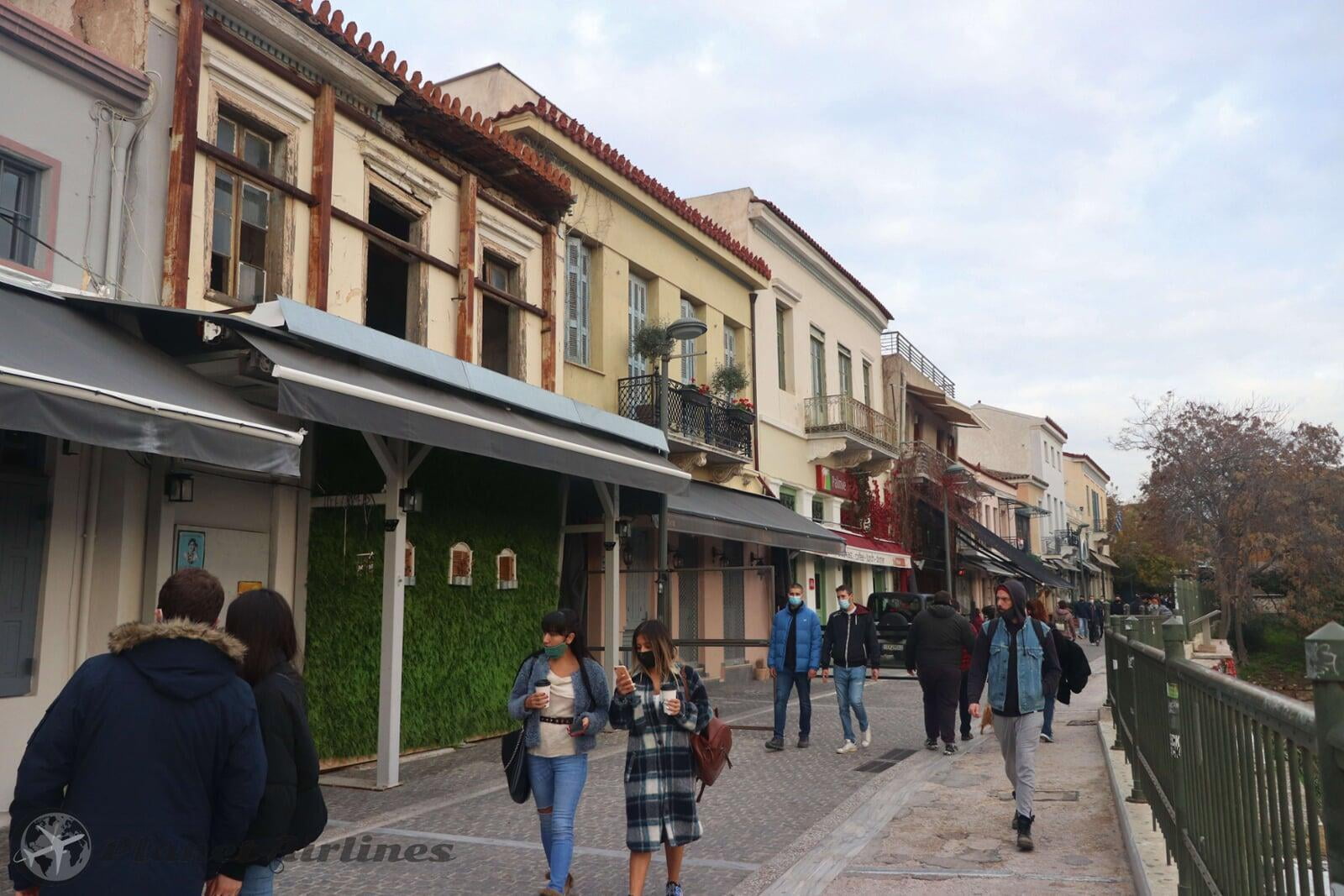
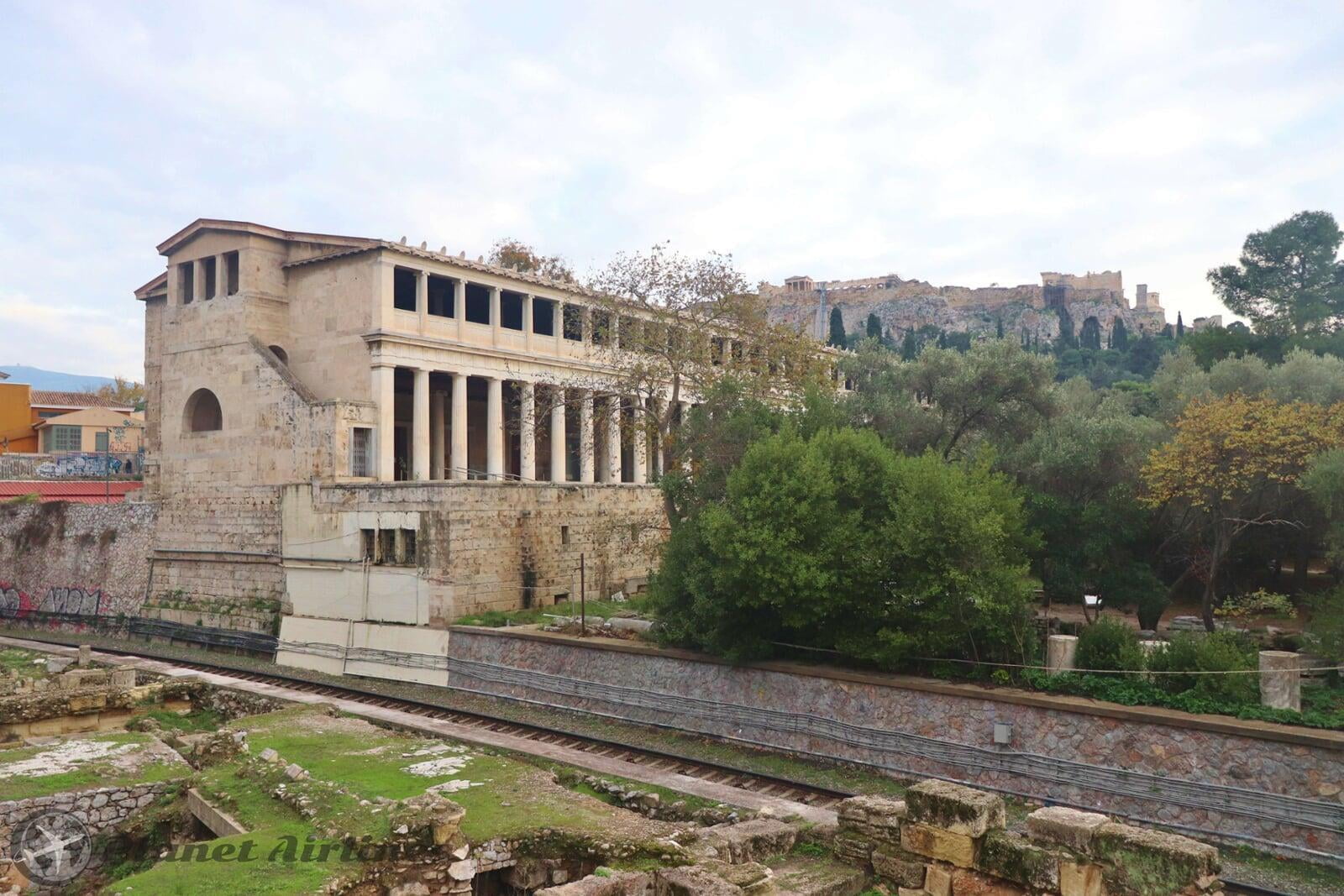
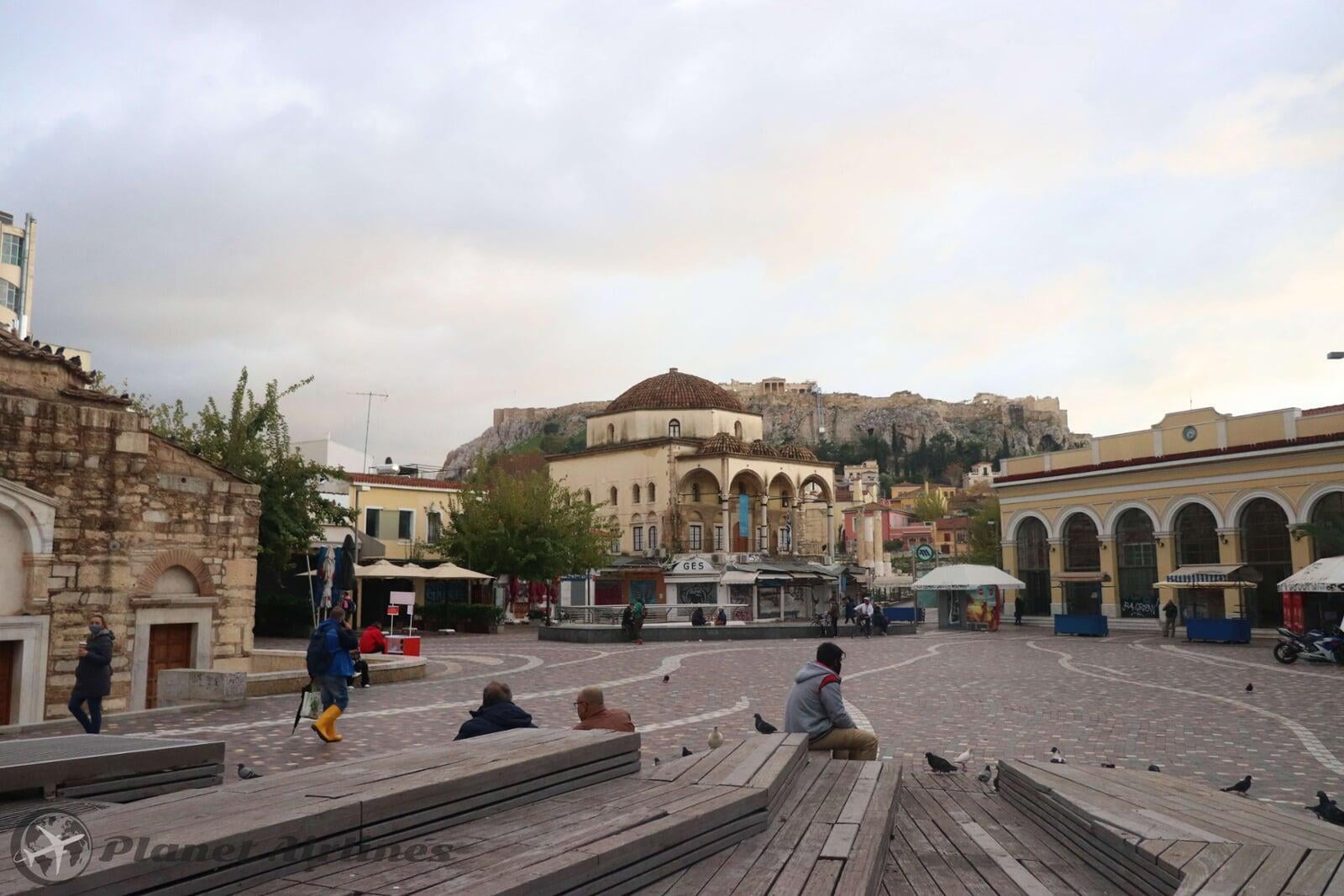

- The port of Piraeus: is the main port in Greece, the largest passenger port in Europe, and the third largest in the world, servicing about 20 million passengers annually. Although not really attractive to tourists, the confusing, bustling port of Athens is the departure point for hundreds of island ferries and cruise ships, so most tourists will pass through it while visiting Greece. Piraeus has been Athens' port since ancient times and was for many years the chief harbour of Ancient Greece. Piraeus was a city, not merely a port, and was once separated from the mainland, occupying its own rocky island. Today, it's worth to try the several good fish restaurants in the harbour precincts, and a sprawling street market. Visitors with a bit more time, while waiting for ferries, can also explore the Maritime Museum at Akti Themistokleous.
For those staying a few extra days in the city and want to explore further afield, there are some popular places that are ideally suited for a day trip out of Athens!
Below is some information about these places which are importance in culture and history and can be done both by tours or in private (public) transport:
- Saronic Islands:The Saronic group of islands are all within an hour or two of Piraeus port by boat, making them ideal destinations for day trips from the city for those who want to experience a taste of Greek island life. Aegina is the closest island, sporting a sandy beach called Agia Marina, and a quaint fishing village called Perdika. Hydra has no sandy beaches, but the town is picturesque and offers good seafood restaurants. Poros can be reached from Piraeus in little more than an hour and sports beautiful forests that descend to the beach. It offers watersports opportunities and a lively café scene, as well as being a ferry hub offering connections to all the popular Aegean islands. Spetsi has an attractive old harbour and one of the oldest wooden boat-building yards in Greece. It is also renowned for its beaches and pine forests. Most of the tourist boats use the Zea Limani section of the port at Piraeus Port in Athens.
- Cape Sounion: Around 69km east of Athens, the popular seaside resort is famous in Greek Mythology. Its best-known feature is the 5th-century BC Temple of Poseidon. Perched on the cliffs above the town, it's said to be where King Aegeus waited for his son, Theseus, who'd left to slay the Minotaur of Crete. Visitors can enjoy some beautiful views from the temple. Otherwise, the cape's coastline is worth exploring and its restaurants are well worth it for seafood.
Delphi: Situated on the slopes of Mount Parnassus, Delphi was home to Classical Greece's most important oracle. The country's ancient people visited the site to worship the god Apollo. The area also hosted the Pythian Games. Held every four years, they attracted famous athletes from all over the Ancient Greek world. Today, travellers hike up the Sacred Way much as ancient pilgrims did, and marvel at the site's fantastic ruins. They include the marble Sanctuary of Apollo, the Castalian Spring and the Sanctuary of Athena. Delphi's scenery is spectacular and presents enviable photographic opportunities. Given how extensive the site is, it's ideal to stay overnight also.
- Marathon: About 42km northeast of Athens, between the villages of Nea Makri and Marathona, is the site of the great battle between the small force of Athenians and the mighty Persian army in 490 BC. On the plain of Marathon today the burial mound of the 192 Athenians who fell in the fight can be seen, along with a small museum displaying archaeological relics from the battlefield. The marathon race in the 2004 Olympics started here, and followed the same route as that run by Pheidippedes in the legend, ending at the Panathinaikon Stadium in Athens. Marathon remains one of the most famous battlefields in the world and a visit to the site would interest anybody who is into military history.
- Monastery of Daphni: This great Byzantine architectural masterpiece dates from the 11th century AD and has been called the most perfect monument of that century. The monastery was built on the site of an ancient Temple of Apollo and one surviving column can be seen near the entrance. It is situated only 9km west of Athens on the road to Corinth. Tragically, the monastery was heavily damaged by the 1999 Athens earthquake and is still not completely open to visitors as restoration work continues with no set date of completion. (More info at https://www.gtp.gr/TDirectoryDetails.asp?ID=14829)
Athens' bar scene is a never ending surprise, and as it is custom in Greece, the nightlife extends way beyond the sun-rise! Greeks know how to drink and to party, and Athens is the living and breathing image of this happy and joyful spirit.
From alternative bars to fancy clubs, pubs and traditional "ouzerias", there is a place for all tastes in Athens. As, it's a pretty big city, it’s probably best to break down Athens’ nightlife by neighbourhood. Club-hoppers should hit up the areas of Gazi and Monastiraki, where you’ll find huge venues hosting international DJs and the streets packed with partiers. If you’re more about trendy bars, the neighbourhood of Exarchia is a hip hotspot with a huge array of small bars and a growing food scene. Hipsters and cool kids will fit right in on a night out in Koukaki, where you’ll find live music venues and chill bars frequented by young locals.
You really can’t go wrong no matter where you choose to end up, as each area is home to a ton of places, perfect for a night of bar and club crawling.
For visitors, the old Turkish quarter, known as the Plaka district, is a great place to start. Diners sip aperitifs on rooftop terraces overlooking the Acropolis, while violins, concertinas and bouzouki play traditional Greek music. Many tavernas host lively dancing. Later, visitors head to the city's music bars, clubs, as well as rock and jazz establishments.
One of the most breathtaking venues for live music is the theatre on Mount Lycavettos, which has hosted many world-famous artists. Visitors will find classical music programmes at the Megaron Mousikis Concert Hall, Olympia Theatre, and the Pallas Theatre.
For traditional Greek theatre and dancing, visitors should try the Athens Centre or the Dora Stratou Folk Dance Theatre.
Athens is well-known for its plentiful shops, with the Ermou serving as the city's principal shopping street. The Ermou is a busy traffic-free stretch based in central Athens, being lined with boutiques and shoe shops, and sited between the Monastiraki and the Syntagma.
Those shopping for familiar clothing brands and designer labels in Athens will find that the Syntagma area, the pedestrianised Voukourestiou Street and the adjoining Kolonaki area are all good places to spend. Of note, the streets of Amerikis and Voukourestiou are now connected by the arcade named the Citylink, where high-end fashion boutiques are located.
Tourists shopping for traditional Greek souvenirs should consider the gift shops around the Mitropoleos, the Monastiraki and the Plaka areas.
Probably the most exclusive shopping area in Athens is to be found in Kolonaki, where a number of expensive art galleries and quality antique shops reside. There are also many other stores selling clothes and fashion accessories here.
Around Athinas, Monastiraki and Plaka there are lots of spice and herb outlets, secondhand bookstores, catering shops and religious retailers. For a variety of Athens souvenirs, Plaka is a good place to visit and is full of souvenir shops, selling antiques, paintings, jewellery, baskets, copperware and the usual smaller typical souvenirs.
The main department stores in Athens are Lampropoulos and Fokas, who stock a vast array of clothes, gifts, electrical goods, household items and various beauty product
Accommodation in Athens has greatly improved following the 2004 Olympic Games, when many of the city's hotels enjoyed a thorough and long overdue facelift, both inside and out. In some cases, a number of old hotels were complete rebuilt, while an array of new boutique-style lodging also arrived in Athens.
When choosing where to stay in Athens, do bear in mind that this can be a very lively and noisy city, and so if you like peace and quiet, consider lodging tucked away down side streets, or away from the centre of bars and restaurants which do get crowded at night, practically, every night! Finding accommodation can difficult, with problems being heightened at the top of the tourist season (July to August). Therefore booking in advance is really advisable, always anytime you plan to come.
Some of the most popular hotels and pensions (guest houses) in Athens reside around the Plaka area, where prices will suit most budgets. There are also a number of very appealing mid-range hotels to be found on the southerly side of the Acropolis, within the districts of both Koukaki and Makrygianni. Other appealing areas of the city offering plenty in the way of accommodation include both the Syntagma and Thisio districts.
The Monastiraki and Omonia neighbourhoods have enjoyed much revitalisation in recent years, though at night, they can be a little rough. and the area still remains relatively unappealing. If you are on a tight budget, then check Airbnb for local rentals of rooms around any area of the city, but remember to check the safety and noise levels before booking. Prices for private accommodation range from €20-30 per night. There are plenty of hotels as well, with even cheaper rates if you don't mind sharing at €15 per night.
For luxury accommodation in Athens, there are a number of appealing and often surprisingly affordable lodging options to choose between. These include the Hotel Grande Bretagne on Constitution Square (next to the House of Parliament), the Hilton on the Vassilissis Sofias Avenue (opposite the Acropolis), the Royal Olympic Hotel on the Athanasiou Diakou Street (with good views of the Temple of Jupiter), and the Park Hotel on Alexandras Avenue (just a stroll from the Athens Archeological Museum).
If you are seeking mid-range Hotels, again check the location and the noise reviews as this can condition the price of the hotels, so if you find a cheap 3-4 star hotel, it might be also because it could be placed in a poorer neighbourhood or the levels of noise at night can be quite loud. Average prices for Hotels in the city are around €35-50.
Many visitors might only consider staying in Athens for a transit stop on the way to the islands and resorts, but sometimes breaking up the trip and staying over a few more days in the capital, will definitely add value to your trip. It doesn't cost much either to fly to the capital from any of the domestic airports when planned in advance, or alternatively take the train. Athens, as mentioned, in the centre for all cultural and historical importance heritage and for those who are interested in discovering all the sites,
it's most recommended that you stay 3 to 5 nights in order to take in all the places!
If you prefer to walk around and make a quick visit, you can still walk around the historical sites , without paying, hike and contemplate the views. Stay at least 3 nights to combine these activities and naturally taste the rich food and gastronomy that Greece is also famous for!
Athens Photo Slide 📷























.png)